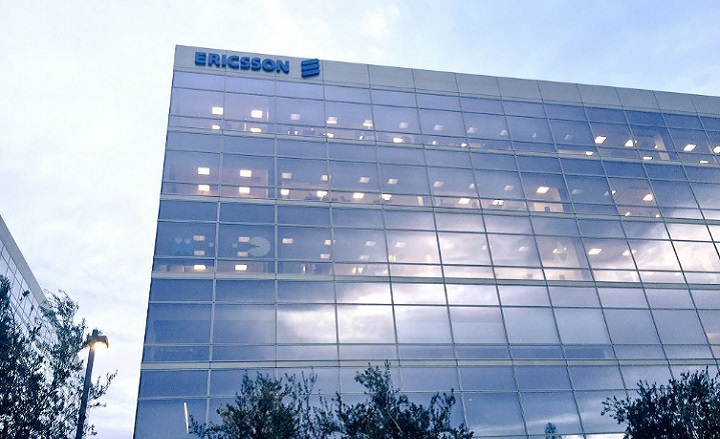Swedish telecommunication equipment company Ericsson (STO:$ERIC-B) (NASDAQ:$ERIC) released its second quarter reports on Tuesday, July 18 and the results were worse than analysts’ expectations. In addition, Ericsson lowered its estimates in regards to its mobile infrastructure market, citing continued low investments by other telecoms companies.
Following its poor second quarter reports, Ericsson’s stock fell by more than 11%, reaching 54.20 Swedish crowns (or about $6.5 American).
Besides low investments, Ericsson’s weak quarter can be attributed to rising competition from similar telecommunications companies like China’s Huawei Culture Co., Ltd. (traded privately) and Finland’s Nokia (HEL:$NOKIA). Poor market and low demand for 5G technology could also be blamed.
Ericsson has tried to keep itself afloat with cuts to jobs and budgets — by mid-2018, it hopes to reduce its yearly run rate by at least 10 billion crowns. However, these cost-cutting efforts are not doing much to save the company from falling further.
Ericsson reported an operating loss of 1.2 billion Swedish crowns (about $145.3 million U.S. dollars), a big difference from the average analysts’ estimation of an operating loss of 244 million crowns. Profit from sales also fell below analyst expectations – 49.9 billion crowns was reported while the average prediction made by analysts was 50.5 billion crowns. Gross margin was 27.9%, also below average analyst estimate of 28.4%.
Operating profits in Ericsson’s networks business fell by almost 50% – reaching 2.6 billion crowns – compared to its 2016 second quarter reports. IT & Cloud and media businesses also saw higher losses when compared to 2016’s second quarter reports.
The reports left many wondering if the business strategies and plans by Ericsson’s new CEO Borje Ekholm — who assumed the position back in January 2017 — will be enough to turn the company back around. Ekholm’s current plans include reviewing services and network contracts that aren’t profiting, as well as looking for new options for its loss-making media arm.
Addressing the company’s poor performance, Ekholm stated on Tuesday, “We are in a phase of turnaround but it’s going to take some time.” The company’s CEO then explained that the company is on course to double its 2016 margins by 2018.
Ekholm also noted, “We see a more challenging investment environment in Europe and Latin America, that’s clearly the market area with the biggest impact. We see macro-economic uncertainty in Middle East and Africa that is hurting investment. We see also that operators have funneled the investments more into fiber investments for example than into radio capacity.”
The Market is Declining, but so is Ericsson
Overall, Ericsson has not had the greatest year so far. Earlier this year, Ericsson announced that it will be putting $1.7 billion in provisions, write-downs, and restructuring costs. This surprised many investors. As a result, investment firms like Moody’s (NYSE:$MCO) dramatically cut down Ericsson’s credit ratings in May with concerns over the fact that the company’s cost-cutting endeavours will affect innovation.
Now, along with poor quarterly results, Ericsson is also expecting a weaker mobile infrastructure market later this year. “Ericsson doesn’t deliver, they lose versus the market and the market is weak,” Inge Heydorn, a fund manager at Sentat Asset Management, explained. Sentat Asset Management does not hold any of Ericsson’s shares.
Featured Image: twitter










